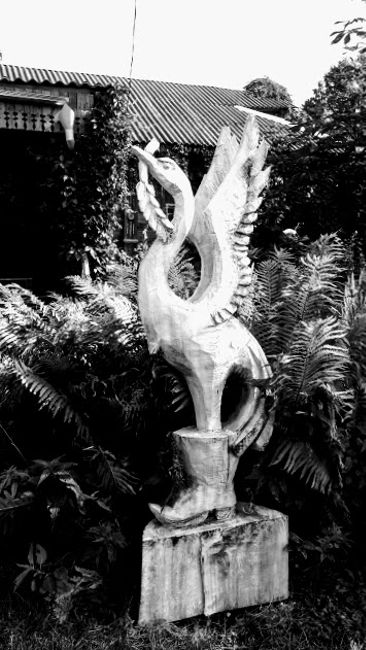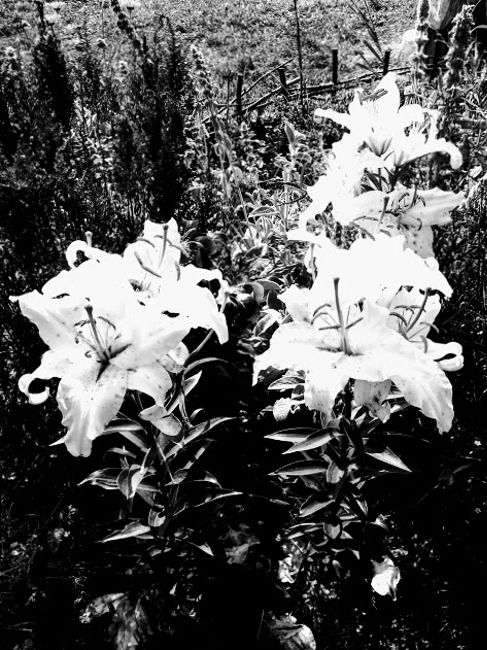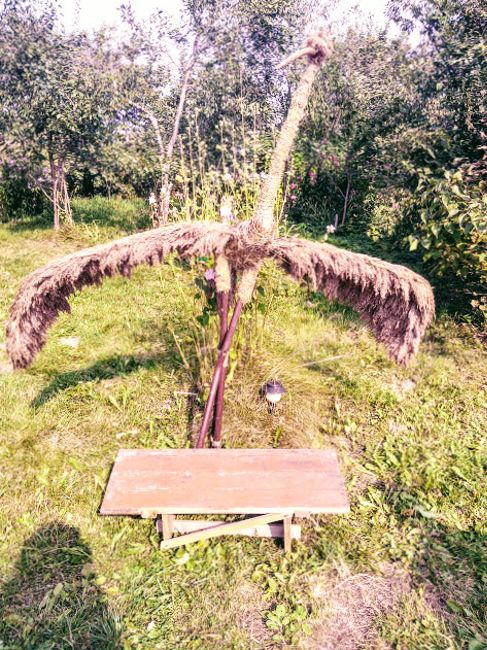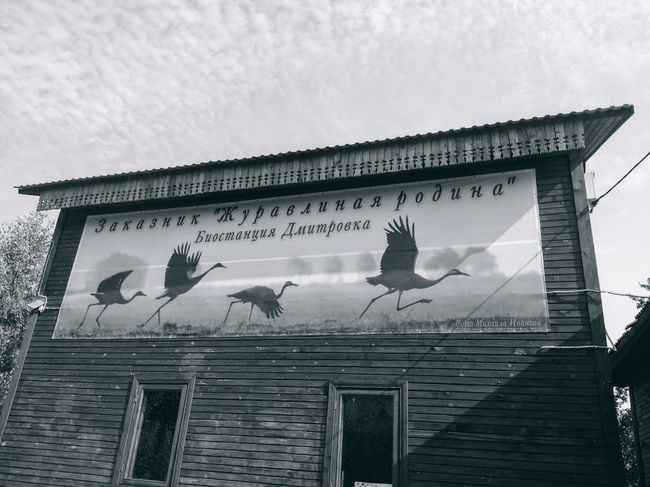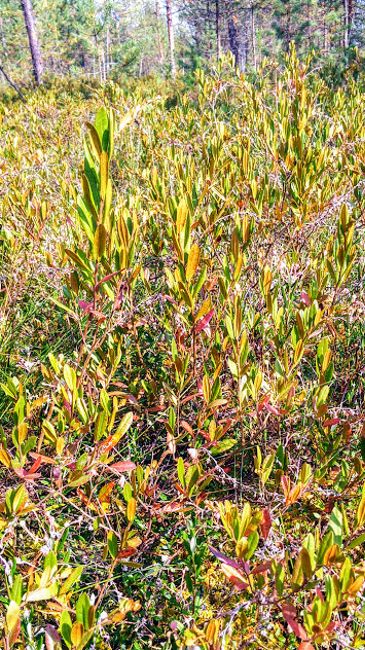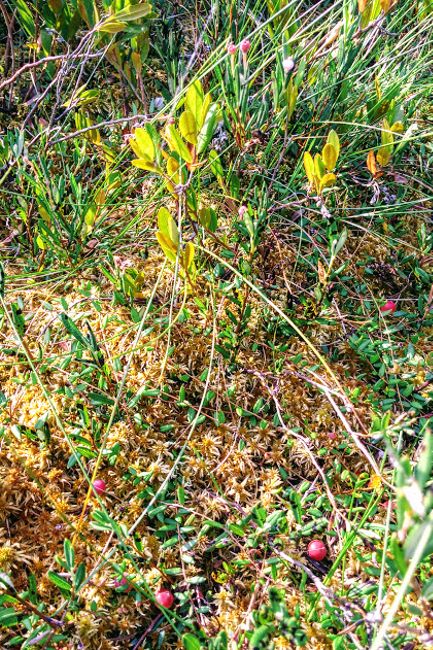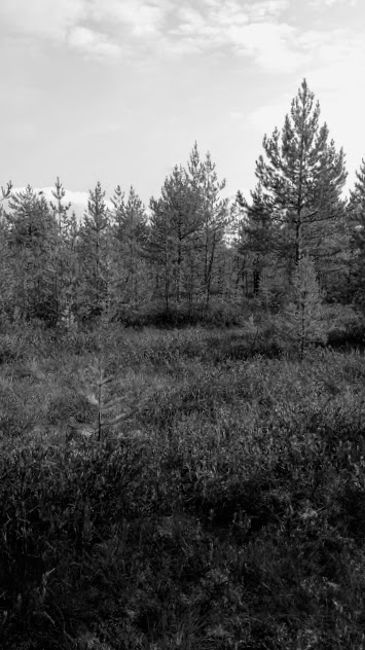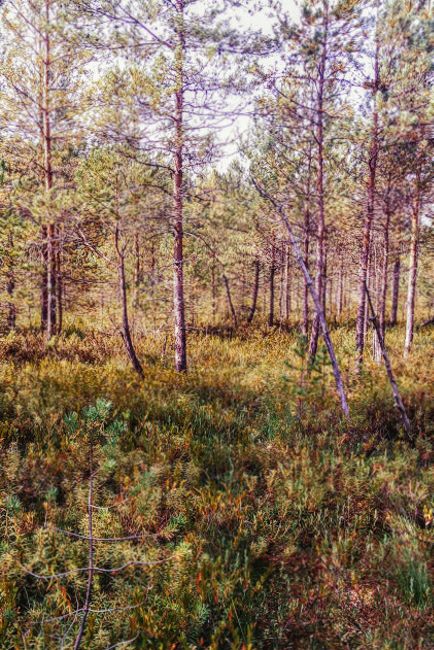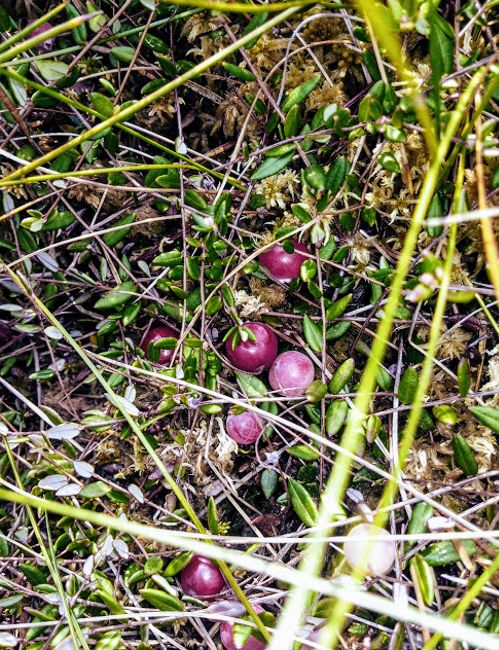Crane Land in the Moscow Region
نشرت: 09.12.2017
On September 1 of this year, I visited the nature reserve 'Crane Land' near Moscow. It was mandatory to pre-register for the trip the day before. The excursion started at 12 noon.
The first part of the excursion took place at the Marsh Museum, located on the grounds of the Biostation. I listened to the museum guide's narration and a small presentation about the nature of the northern suburbs.
This part of the excursion lasted for 30 minutes.
During the second part of the excursion, we drove in the guide's car (about 10 km) to observe the cranes in the fields of the reserve and learn about the history of cranes, their habits, characteristics, and habitats.
Next, our route led us to the marshes, the feeding grounds for the cranes, where cranberries grow abundantly.
The guide told us that the intensive development of the Dubna river valley began in the 20th century, and the main changes affected the rivers, marshes, and swampy forests. The Dubna riverbed was flattened and deepened, agroforestry activities were conducted, and the exploitation of floodplain forests and peat bogs began for the needs of agriculture.
Despite the economic development, the Dubna lowland has not lost its ecological integrity and remains a single system of various types of wetlands - from practically intact transitional swamps with relic vegetation to fully transformed landscapes - developed marshes.
Within the floodplain of the Dubna river, there are marshy meadows and reed-covered old river arms nestled between floodplains and forested floodplains with oak manes. Floodplain forests and swamps border agricultural areas - arable land, pastures, and meadows. Arable land is vital for many bird species.
The list of bird species found in the reserve includes 254 species. Among them, 63 species are listed in the Red Book of the Moscow Region, and 18 species are listed in the Red Data Book of Russia.
The entire Crane Land has been under the care of student conservation teams from the Biology Faculty of Moscow State University, scientists, environmentalists, and a number of public environmental organizations for over 35 years. That is probably why the populations of the majority of rare plant and animal species, such as the nesting population of the gray crane, are stable.
The territory of Crane Land continues to be a major stopover site for migratory waterbirds, waders, birds of prey, and cranes. This is due to the strict ban on spring and autumn hunting within the boundaries of the 'Crane Land' nature reserve, which covers an area of 11,000 hectares. To preserve the wild nature, visiting the territory during the breeding season of birds and animals, mushroom and berry picking, motor traffic, setting up tourist stops, and photography are prohibited.
إجابة


